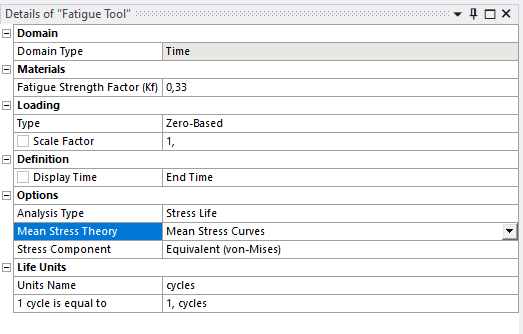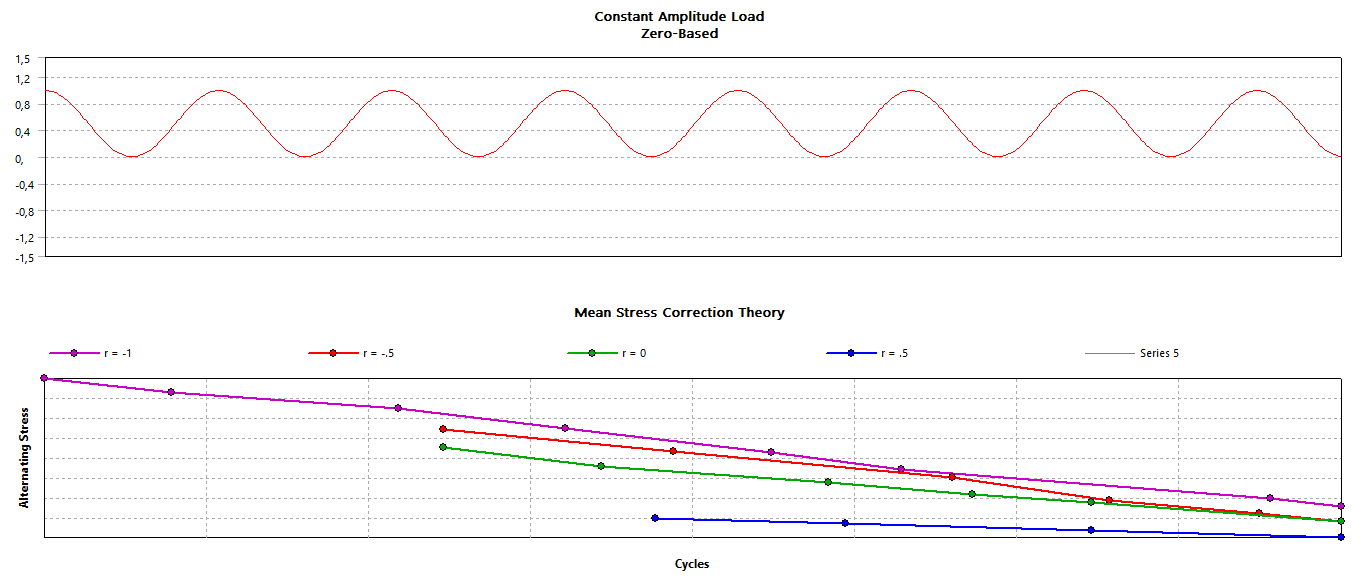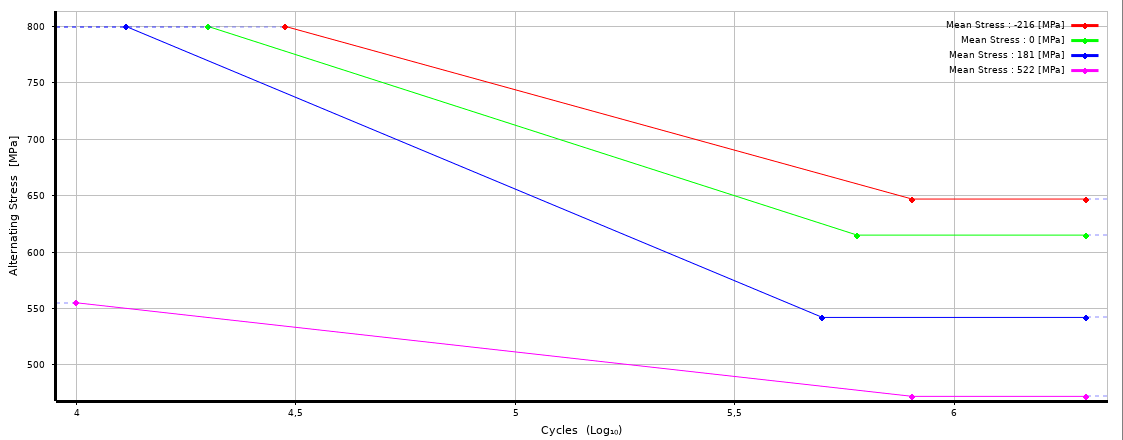TAGGED: fatigue, material, mechanical, static-structural
-
-
December 19, 2023 at 3:42 pm
Federico Parisini
SubscriberHi, I have a major doubt regarding the fatigue tool. Concerning the mean stress correction theory, if I've defined the material with S-N curves, should I leave 'none' in the setting? If so, how does it achieve accurate results if the simulation's mean stress isn't accounted for in the S-N curves I provide for the material?
-
January 7, 2024 at 6:52 pm
Elizabeth White
SubscriberHello,
When using the fatigue tool and defining the material with S-N curves, selecting 'none' in the mean stress correction setting means that the simulation will not consider the effect of mean stress on fatigue life. This approach assumes that the S-N curves provided for the material already account for the mean stress effect.
The S-N curves typically represent the fatigue behavior of a material under fully reversed loading conditions (zero mean stress). These curves provide information about the number of cycles to failure at different stress amplitudes. However, in real-world applications, the stress conditions often include nonzero mean stress levels, which can affect the fatigue life of the material.
By selecting 'none' in the mean stress correction setting, you are essentially assuming that the S-N curves you provided for the material are valid regardless of the mean stress level. This approach can be acceptable if the material exhibits a relatively small sensitivity to mean stress or if you want to simplify the analysis.
-
January 8, 2024 at 7:03 am
Federico Parisini
SubscriberHi, thank you.
Sorry, but I still haven't understood how I should proceed. If I have three S-N curves, one for zero mean stress, one for a mean stress of 100 MPa, and one for a mean stress of 200 MPa, but the actual mean stress is, for example, 500 MPa, what should I use in the mean stress correction theory: 'none' or one of the theories?
-
-
January 8, 2024 at 7:06 am
Elizabeth White
SubscriberHello,
If you have S-N curves available for specific mean stress levels, such as zero mean stress, 100 MPa, and 200 MPa, but the actual mean stress in your analysis is different (e.g., 500 MPa), you would typically select one of the mean stress correction theories provided in the fatigue analysis tool, rather than choosing 'none.'
Mean stress correction theories aim to adjust the S-N curves to account for the influence of mean stress on the fatigue behavior of a material. These theories provide mathematical models or correction factors that can be applied to the S-N curves to estimate the effect of the actual mean stress on the fatigue life.
The appropriate mean stress correction theory to use depends on the specific fatigue analysis tool you are using and the available options within that tool. Common mean stress correction theories include the Goodman, Gerber, and Soderberg criteria, among others. These theories have different mathematical formulations and assumptions regarding the influence of mean stress on fatigue life.
-
January 8, 2024 at 7:20 am
-
-
- The topic ‘A significant concern regarding the fatigue tool.’ is closed to new replies.


- LPBF Simulation of dissimilar materials in ANSYS mechanical (Thermal Transient)
- Convergence error in modal analysis
- APDL, memory, solid
- Meaning of the error
- How to model a bimodular material in Mechanical
- Simulate a fan on the end of shaft
- Real Life Example of a non-symmetric eigenvalue problem
- Nonlinear load cases combinations
- How can the results of Pressures and Motions for all elements be obtained?
- Contact stiffness too big

-
4167
-
1487
-
1338
-
1188
-
1021

© 2025 Copyright ANSYS, Inc. All rights reserved.










